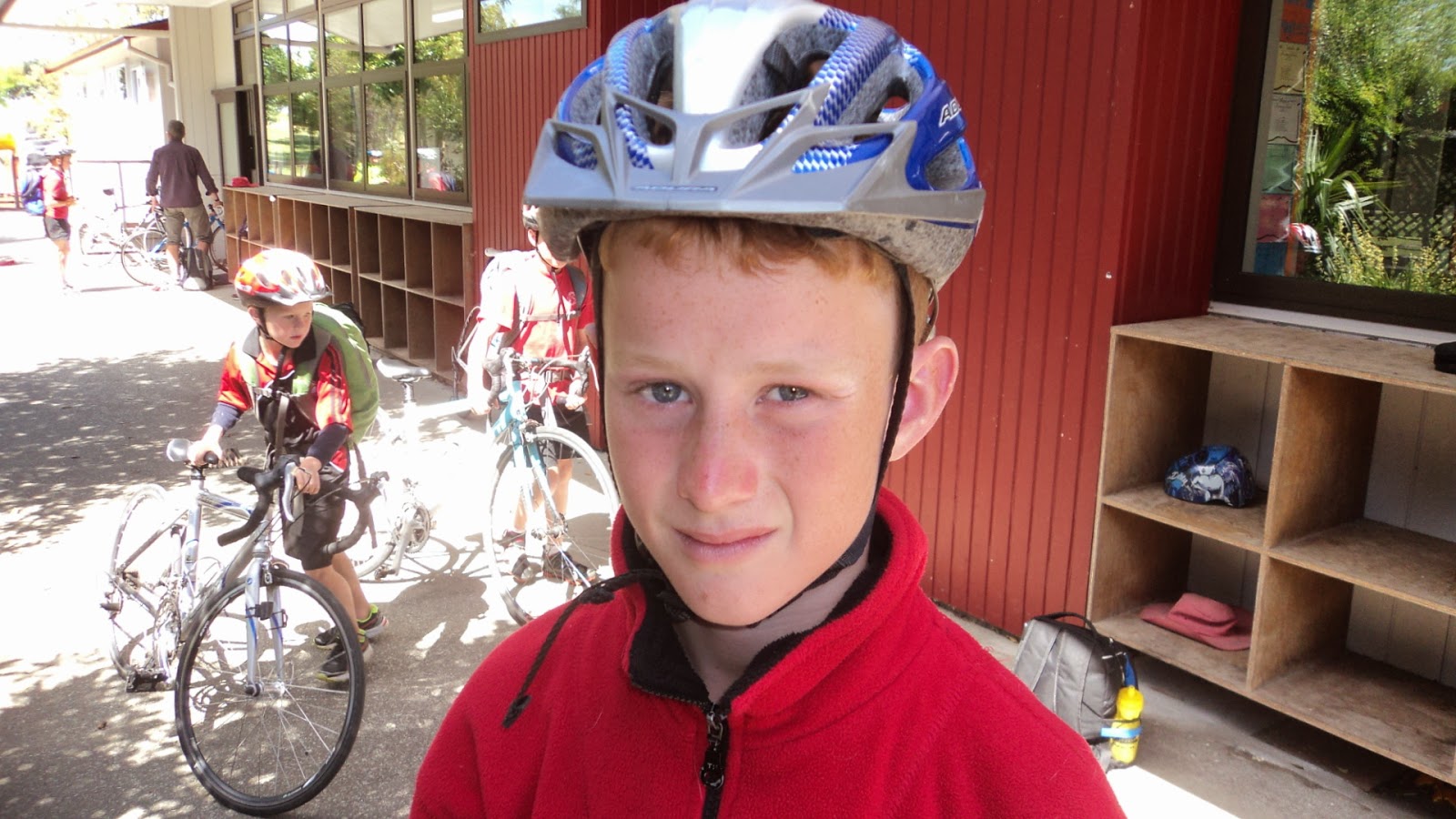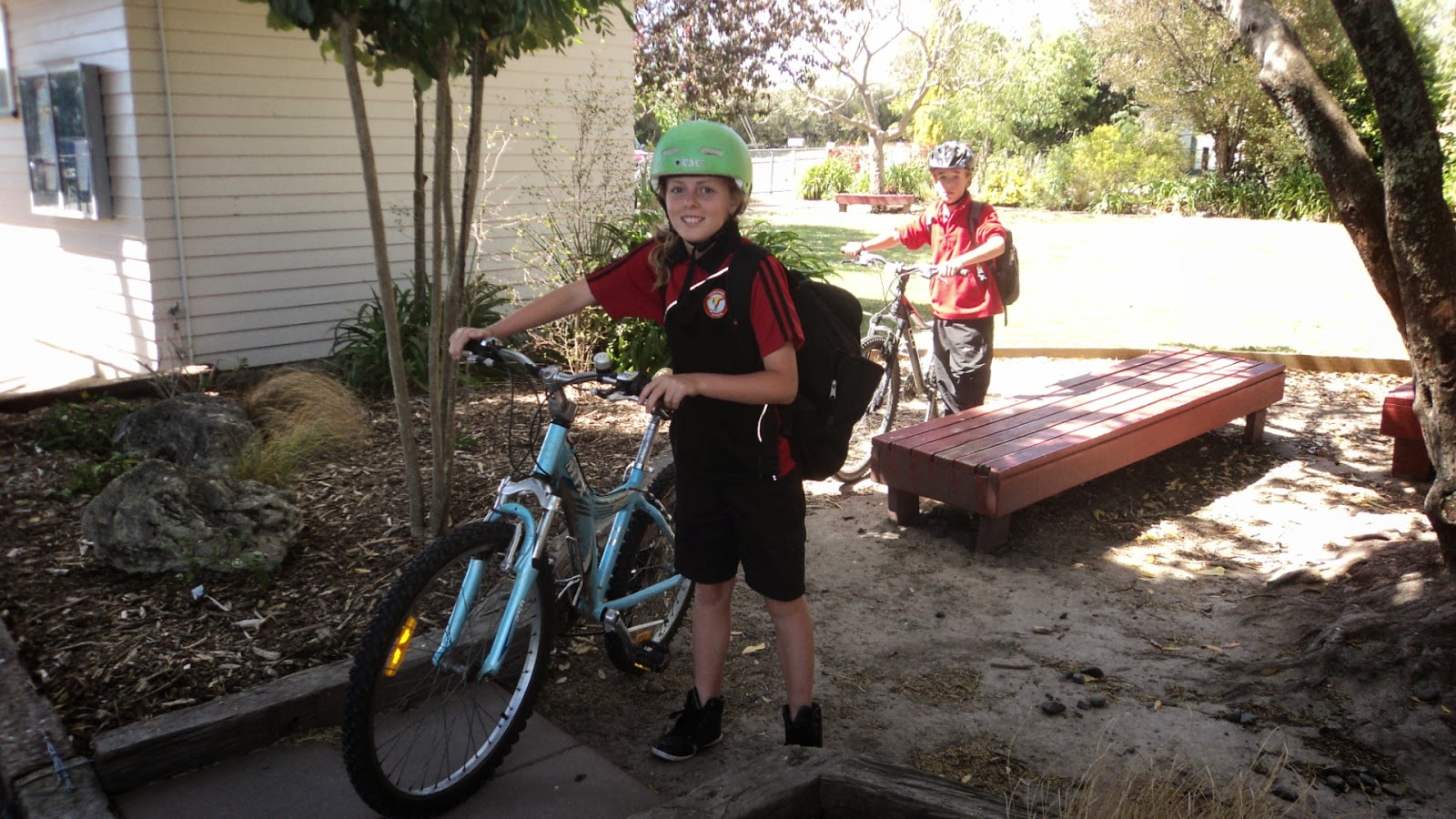The Study of
an Artist –Vincent van Gogh
Birth Year : 1853
Death Year : 1890
Country : Netherlands
Vincent van Gogh would become one of the most
well-known artists in the world. His paintings have become easily recognizable
to cultures throughout the world, and he has become the archetypal “tortured
artist.”
Van Gogh was born in 1853 and grew up in Holland.
He was raised in a religious family with his father being a minister. When his
school ended, Vincent followed his uncle’s profession and became an art dealer
learning the trade in Holland and then working in England and France. Vincent
was successful and initially happy with his work. However, he soon grew tired
of the business of art, especially in Paris, and lost interest in the trade.
After returning home, Vincent began to
study theology. While very passionate and enthusiastic, he failed exams to
enter further extensive theological programmes.Characteristic of his
personality, he was intelligent, able to speak multiple languages, but he did
not think that Latin was a language for preaching to the poor.
During this period, he worked as a missionary in a coal mining community living
with hard working poor common people. As his development as a preacher was
stalling, his interest in those around him was increasing. His life as an
artist was beginning.
In 1880, at 27 years old, Van Gogh entered the
Académie Royale des Beaux-Arts in Brussels, Belgium. The following winter,
living in Amsterdam, Vincent fell in love, had his heart broken, and began
painting for the first time. The next few years would result in little success
both in love and art.
Van Gogh’s Potato Eaters,
his first major work, was painted in 1885. By this time, he was still having
difficulty finding love, but was beginning to receive interest in his
paintings.
He was now fully devoting himself to
painting: living frugally, studying colour theory, and admiring the works of
artists like Peter Paul Rubens. Unfortunately, as would be his entire life, his
paintings were still difficult to sell.
His brother Theo, an art dealer and the
recipient of many letters from Vincent, commented that there should be more colour
in his work. Van Gogh was painting peasants and rural landscapes using dark
earth tones. Around this same time, Impressionism, with its bright vivid colours,
was becoming popular.
The next year, Vincent moved to Paris where his art
began to take on the style that would make him famous. In Paris, he was
discussing art with some of the most avant-garde and influential artists of his
time – painters like Gauguin, Bernard, and Toulouse-Lautrec. He was using more
colour, applying the paint with thick, bold brushstrokes, and painted all that
surrounded him. Van Gogh arranged to show his work, to positive reviews, but
was still unable to sell any pieces.
One of Van Gogh’s dreams as an artist
was to start a colony for artists in Arles in the south of France. Vincent
moved to Arles in 1888 where he was joined by Gauguin. While there, Van Gogh
entered the most productive and creative period of his life painting his
famous Sunflowers.
However, it also was a time of great turmoil for Vincent, beginning a period of
hospital stays for mental illness and physical decline.
After just ten years of painting and producing some
900 paintings, Vincent van Gogh took his own life in 1890. Never fully appreciated
in his own time, it wouldn’t take long for the art world to recognize the
genius they lost. Within twenty years of his death, there were memorial shows
of his works all over the world – influencing generations of artists to come.
So this was the artist our Room 5 class studied
intensely for a one week period. We discussed what art is, what makes a
Masterpiece, and how an artist can express himself. Vincent van Gogh’s life was
looked at and how his personal experiences influenced his art. We looked in
wonder at some of his 900 outstanding artworks, all produced in just the final
ten years of his life.
One painting the class looked at was one of his bedroom, painted in 1888, while
in Arles. It was analysed for its depth of colour, three dimensional
perspective, subtle outlining to highlight features, and its message of a lost
soul and loneliness.
We attempted to paint this painting of Vincent van Gogh's using many of his techniques of colour mixing, depth, vanishing points and outlining. Thank you Renee, Imogen and Molly for sharing your work.What do you think?
Here we have written samples of children expressing their idea of what they
think art is.
What is art?
Sometimes people think to themselves and say, “What is art?”
Well art is a way to show emotions. Art can be big and bold
or nice and soft. Art can be found anywhere, from galleries to magazines.
The key to art is
using your own style.
Art can be rebellious, like breaking a rule. Art can be
realistic or your imagination, like the dream you had last night for example.
Art is a nice way to make a statement.
Those are some of the reasons I love art.
By Renee
What Is Art?
Go into
an art gallery.
Look
around.
What
do you see?
What
I see is mystery, wonder and so many emotions.
I see
artists trapped.
Trying
to let out all their feelings on canvases.
I see
broken hearts, happy families and people at war.
***
Art
doesn’t have to be realistic.
You
can let your imagination run wild.
I see chocolate oceans with gummy whales with
chocolate fish.
What
do you see?
Art
is full of things you never thought possible;
flying cars, talking sharks and karate displaying jelly fish.
***
Art
isn’t just pretty.
It
can show terrifying horror, headless horseman, ghosts and peanut butter and
little boy sandwiches.
Art
can show many different times in history.
War, dinosaurs, Ancient Romans and Gauls like Asterix.
Art
is many different things; drama, photography and dance.
Slow drifting movements showing sorrow.
To me
art is a way to express your feelings.
I
love making art that is bold and creative.
I see
colourful villages of orange elephants.
What do you see?
By
Imogen













